Accurate CO₂ Measurements is Essential for Longship
Gassnova SF was established in 2005 to strengthen and coordinate Norway’s efforts in CCS. The state enterprise has played a central role in developing Longship, which was officially inaugurated on Tuesday, June 17.
One of the key objectives of the Longship project is to demonstrate that CO2 can be handled safely and efficiently – from capture to permanent storage. To achieve this, precise measurement is essential. Not only as a technical requirement, but also as a prerequisite for regulatory reporting, safety, and public trust. Longship operates with strict specifications which enable both operational reliability and accurate mass balances.

CO2 Must Be Measured at Every Stage
The capture facilities are responsible for measurements up until the CO2 is loaded onto ships. From that point onward, Northern Lights takes over responsibility – from transport to subsea storage. Every delivery is thoroughly documented. If the CO2 does not meet the technical specifications, it can be rejected at the loading stage.
The capture phase begins with the separation of CO2 from flue gas, followed by purification, cooling, and compression into liquid form. During loading from the capture facility, pressure, temperature, density, and quality are measured. Onboard the ship, each tank is continuously monitored. Upon arrival in Øygarden, measurements are used to verify the delivery and calculate any losses. After injection, the storage site is continuously monitored to ensure that the gas remains safely sealed.
Measurements are carried out using a combination of field instruments and laboratory analyses. The most critical instruments measure quantity, composition, pressure, and temperature. All instruments are regularly calibrated to ensure compliance with international standards.
The animation illustrates how CO2 is transported by specially designed ships from the capture sites to Northern Lights’ onshore facility in Øygarden. In Øygarden, the CO2 is stored in onshore tanks before being transported through a pipeline to the well in the North Sea. There, it is injected into the subsea reservoir.
Documenting Climate Impact
Longship demonstrates that carbon capture and storage is not only about technology, but also about documentation. Accurate and verifiable data are essential to meet regulatory requirements and trigger financial support mechanisms. Most important is to ensure public confidence that CO2 is indeed being permanently removed from the carbon cycle.
More information on measurements in the Longship value chain can be found in this briefing note (.pdf). The note was prepared by Senior Advisors Jale Mutlu and Jan Henry Hansen, both of whom are involved in the follow-up of Longship at Gassnova.
FEED Reports from Hafslund Celsio and the Grant Agreement Are Available
In the Hafslund Celsio project, the FEED phase (Front-End Engineering and Design) plays a crucial role in planning of the carbon capture facility at the waste-to-energy plant in Oslo.
The FEED process is essential for developing detailed technical solutions, cost estimates, and risk assessments.

Certain sections are redacted
In accordance with applicable legislation, parts of the three documents have been redacted. This may include information deemed potentially harmful to business competitiveness.
Documents can be downloaded here
FEED Study Report (20 January 2025)
FEED Study Report (24 January 2025)
Grant Agreement
First CO₂ Captured at the World’s First Full-Scale Carbon Capture Facility for Cement
Brevik CCS has reached a key milestone: 1,000 tonnes of CO2 have now been captured at the cement plant.
Brevik CCS is a central part of the Longship project and represents one of Norway’s most important climate initiatives in heavy industry. The facility in Brevik is poised to take the cement sector a major step forward in terms of sustainability. CO2 captured here is transported to Øygarden and then permanently stored beneath the seabed in the North Sea.
Milestone Achieved
On Friday, 9 May, the first major operational breakthrough was achieved. More than 1,000 tonnes of CO2 were captured and stored in large tanks at the cement plant. This marks part of the ramp-up phase before full-scale operations begin.
Giv Brantenberg, Managing Director of Heidelberg Materials Northern Europe, explains that the facility reached mechanical completion in December 2024, and that the team in Brevik has since worked intensively to prepare and test the plant under real operating conditions. As a result, 1,000 tonnes of liquid CO2 were safely stored in the early morning of 9 May.
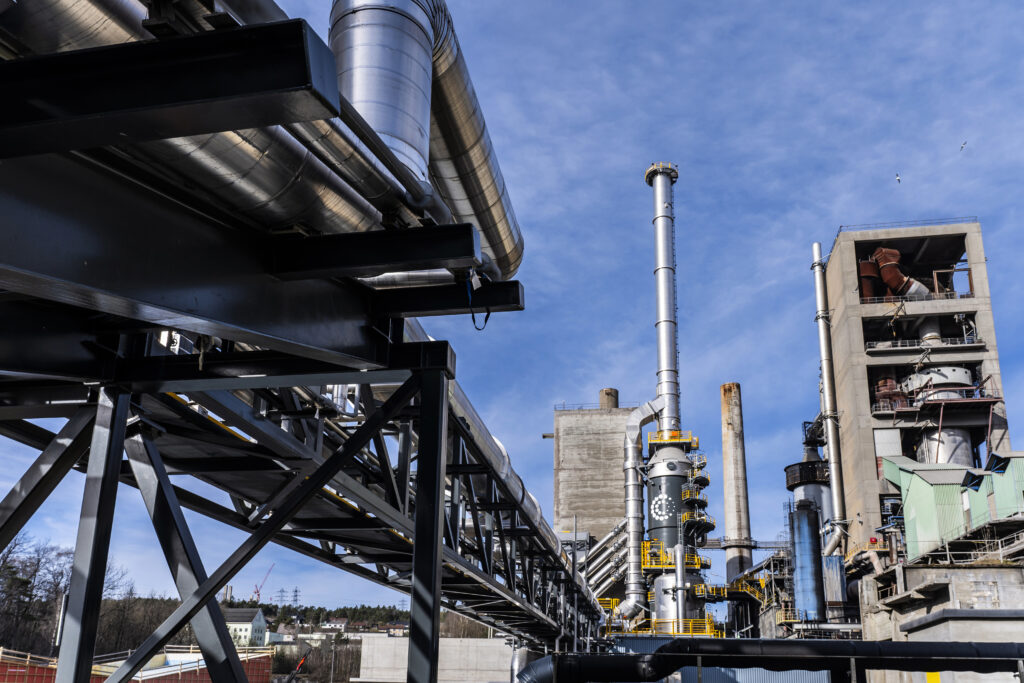
Brevik CCS. Photo: Brevik CCS
Breakthrough for Cement CCS
Brevik CCS is the world’s first full-scale carbon capture plant integrated into a cement facility.
“The cement sector accounts for 7–8 percent of global CO2 emissions. Capturing process emissions from this industry has long been considered highly challenging. The fact that Brevik CCS is now capturing CO2 in practice is, in our view, a breakthrough for Longship and for global climate action – both technologically and industrially.”
Harald Anvik of Gassnova SF, who leads the state’s follow-up of the Longship projectReady for Northern Pioneer
While commissioning at Brevik continues, the transport element is also coming into place. Northern Lights’ purpose-built CO2 carrier, Northern Pioneer, is being prepared to collect liquid CO2, including from Brevik, and transport it to interim storage at Øygarden outside Bergen. From there, CO2 will be sent via pipeline to a storage site deep beneath the seabed in the North Sea.
Together, the Longship project marks the beginning of a new era for CCS globally.
Steady Progress and Shared Insights in 2024
Documenting Experience and Activity in CO2 Transport and Storage.
In 2024, the Northern Lights Joint Venture (NLJV) continued its work to support the development of carbon capture and storage (CCS), through operational activity and knowledge sharing. As part of the Longship project, Northern Lights has contributed to the wider CCS community by participating in conferences, hosting visits, and publishing insights aimed at informing policy, industry, and the public.
Growing Interest in Øygarden Facility
Northern Lights’ visitor centre in Øygarden recorded 5,025 visitors in 2024, organised into 306 groups. Since construction began in 2021, the facility has hosted a total of 11,513 people from 70 countries. Visitors have included representatives from industry, government, academia, and civil society.
To improve visitor coordination, a full-time liaison role was introduced, and a digital booking system was launched. A formal visitor policy was also established to ensure consistency in how visits are managed.
Presence at Industry Events and Conferences
In 2024, Northern Lights took part in 124 events including conferences, roundtables, and webinars. The aim has been to share technical experience, participate in policy discussions, and build awareness of CCS among relevant stakeholders.
At the annual Northern Lights Summit in September, more than 100 participants attended in person, with 500 following the event online. The programme focused on cross-border cooperation, commercial frameworks, and developments in carbon markets.

First CO2 Ships Delivered
Two purpose-built CO2 transport ships, Northern Pioneer and Northern Pathfinder, were delivered from the shipyard in 2024. These vessels were designed for safe and efficient shipment of liquefied CO2, from capture sites in Europe to the receiving terminal in Øygarden.
The construction process provided important lessons. Modifications were made to improve flow capacity based on testing, and simulations helped assess vessel behaviour under different operational scenarios. These adjustments contributed to a more efficient delivery process for the second vessel.
Operational Insights and Learning
As CCS projects advance, differences in development pace between emitters and storage providers remain a challenge. Northern Lights highlighted the importance of clear communication, early alignment, and regulatory support to address delays in decision-making and investment.
Technical research also pointed to the need for updated CO2 quality standards. Small amounts of certain impurities may increase the risk of corrosion in infrastructure. Northern Lights plans to continue monitoring CO2 composition during operations, and will share its findings with relevant industry bodies.
Communication and Media
Northern Lights saw increased media interest in 2024, resulting in 481 articles in national and international outlets. Stories covered project milestones and explored CCS as part of the broader climate policy landscape.
The celebration of the completed Øygarden facility in September was a focal point, attracting close to 1,000 participants and wide press coverage. The event included a site tour, technical presentations, and cultural elements from the local community.
On LinkedIn, the company reached 18,000 followers, an increase of 50 percent. Content focused on project updates, educational posts, and event announcements.
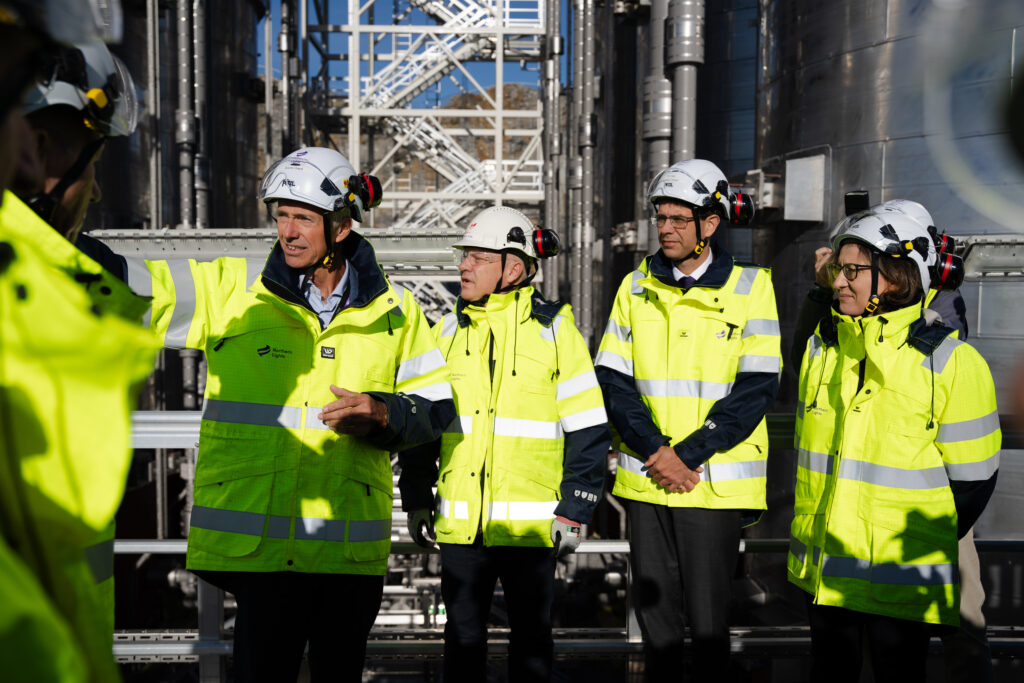
Looking Ahead
In 2025, Northern Lights will focus on preparing for the operational phase, continuing knowledge sharing, and supporting commercial scale-up. Planned activities include participation in industry forums, contributions to research, and engagement with stakeholders across the CCS value chain.
The company will also support the Norwegian government’s Longship celebration in June 2025, marking a new chapter for CO2 transport and storage in Europe.
For more information, please see the Annual Experience Report 2024 – Lessons learned andthe Annual Benefits Realisation and Knowledge Sharing Report from Northern Lights.
Longship Nears Operational Launch as CCS Momentum Builds Across Europe
Norway’s carbon capture and storage (CCS) initiative, Longship, is approaching full operational readiness, with major milestones achieved at both the Brevik CCS and Northern Lights facilities.
The two cornerstone projects are now 95.1% and 99.1% complete, respectively, according to the Spring 2025 progress report by Gassnova SF.
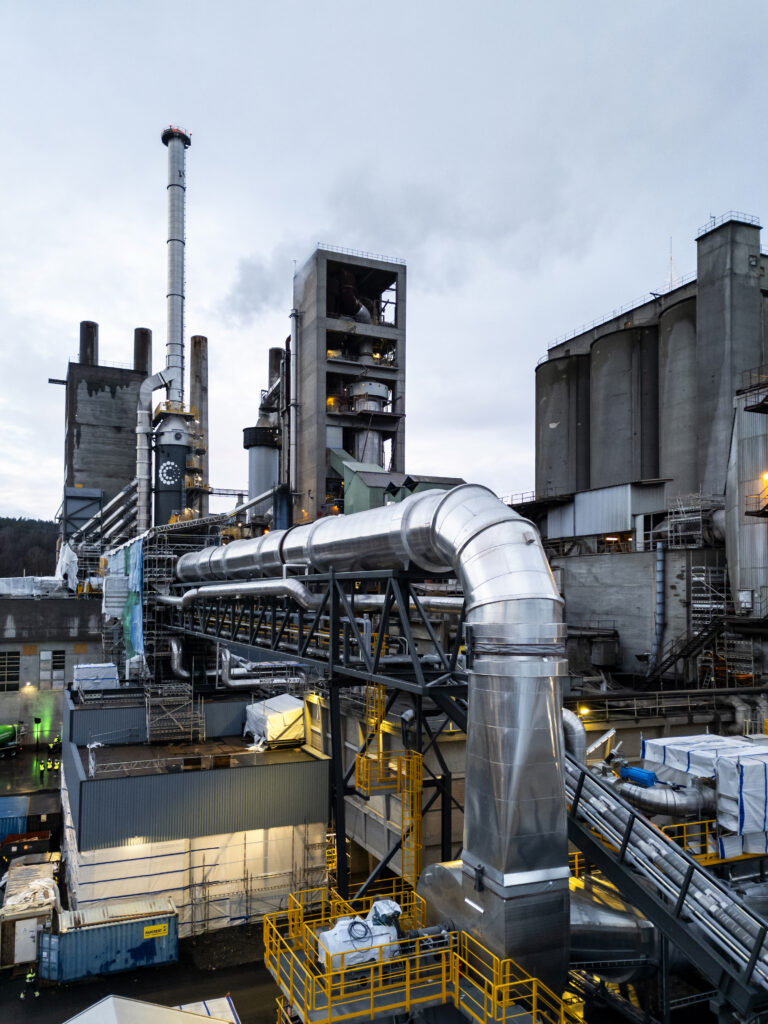
Brevik CCS
At Brevik, the CO2 capture facility operated by Heidelberg Materials conducted its first successful “catch-and-release” operation in February. The plant is on track to begin regular operations in summer 2025, capturing approximately 400,000 tonnes of CO2 annually.
Northern Lights
Meanwhile, Northern Lights, developed by Equinor, Shell, and TotalEnergies, has completed commissioning of its CO2 reception terminal in Øygarden. Northern Lights received its first two transport vessels, Northern Pioneer and Northern Pathfinder. The infrastructure will support the permanent storage of CO2 2,600 meters beneath the North Sea.
Oslo CCS
Hafslund Celsio has also restarted construction of the Oslo CCS facility, after receiving final investment approval in January. Set to become one of the world’s first full-scale carbon capture plants for waste incineration, the facility will be operational by 2029 and will capture 350,000 tonnes of CO2 annually, half of it biogenic.
Growing commitment in Europe
Beyond Norway, Europe is showing growing commitment to CCS. Sweden’s Stockholm Exergi is investing SEK 13 billion to build one of the world’s largest carbon removal plants, while the UK has approved its first commercial carbon storage site. The EU’s Net Zero Industry Act and Clean Industrial Deal are also accelerating decarbonization through policy and funding support.
The Longship initiative is positioning Norway as a global CCS leader, supporting the EU’s climate goals and paving the way for industrial carbon removal across the continent. As CO2 capture, transport, and storage systems begin to integrate across national borders, 2025 marks a critical turning point in Europe’s low-carbon transformation.
Longship; The Launch Approaches
The Longship project marks a significant step in the development of carbon capture and storage (CCS), both in Norway and internationally. With a focus on technology development, cost reductions, and industrial growth, Longship serves as a demonstration project for CO2 management.
Where does Longship stand today, and what could follow in its wake?
Technological Advancements and Cost Reductions
Longship contributes to technological progress in CCS. The project aims to identify opportunities for cost reductions through experiences gained during construction and operation. For example, insights from the Brevik CCS project have demonstrated how carbon capture can be optimized through energy efficiency improvements via heat integration. This may result in lower operating costs, which are crucial for making CCS commercially viable.
Northern Lights has developed transport and storage infrastructure with excess capacity, allowing for future scaling to meet growing demand.
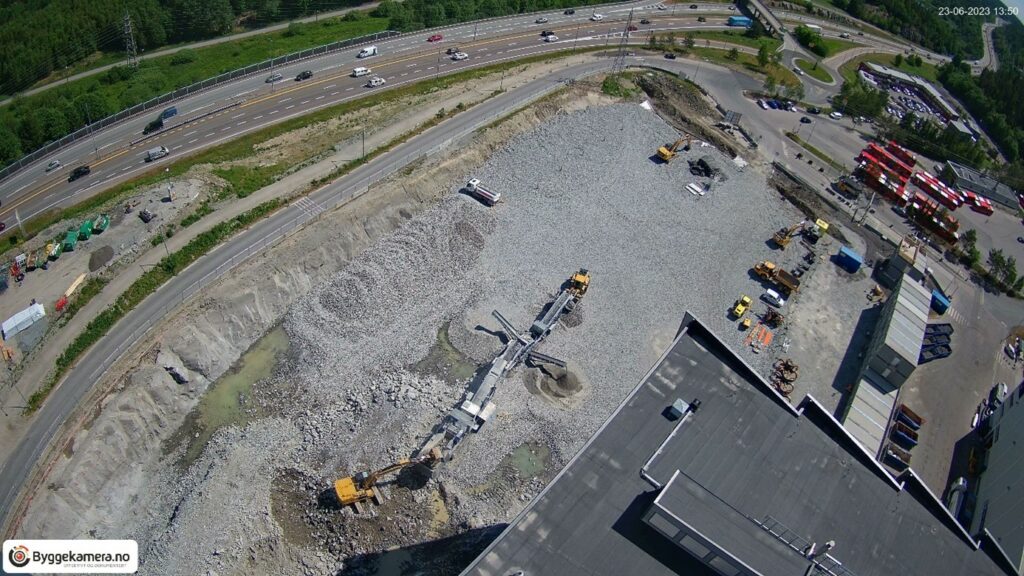
Re-start at Klemetsrud
A key component of the Longship project is Hafslund Celsio’s carbon capture facility at Klemetsrud in Oslo. The facility is scheduled to be operational by the third quarter of 2029, and will capture 350,000 tonnes of CO2 annually. This will cut nearly 20 % of Oslo’s remaining fossil emissions, making it a crucial step toward the city’s climate goals.Hafslund Celsio has partnered with Aker Solutions and SLB Capturi Norway to bring the project to fruition. The captured CO2 from Klemetsrud will be transported and permanently stored by Northern Lights beneath the North Sea seabed.
Developments on Multiple Fronts
Longship has sparked industrial activities, particularly in Øygarden, where Northern Lights has established an intermediate CO2 storage facility. This facility serves as a platform for further development of carbon management technologies. Longship has become an international benchmark for CCS. Projects across Europe and beyond are looking to Longship for insights and lessons learned. This has helped build confidence in CCS as a viable emissions reduction technology. By demonstrating the full value chain, Longship provides industry and policymakers worldwide with a concrete example of how CO2 management can be realized.
The project has also played a role in shaping policy frameworks for CO2 management. Industry stakeholders have contributed data and insights to inform new European regulations. Through recently established bilateral agreements with several European countries, Longship has laid the foundation for a future European CCS market.
Longship as a Catalyst
Longship has the potential to become a cornerstone in the global effort to manage emissions. As demand for storage capacity grows, the project could help accelerate the implementation of CCS worldwide. This will be crucial for achieving climate targets in Norway, Europe, and beyond.The project has also spurred innovation in business models related to low-emission products. For example, cement from Heidelberg Materials’ plant could be marketed as a low-emission product, once the CO2 capture process begins in Brevik.
“The Longship project demonstrates how technological advancements and cost reductions can accelerate the implementation of CCS. The project serves as a beacon for other initiatives worldwide. Experiences gained here have inspired several countries to launch their own CCS initiatives. With its extensive CCS infrastructure and international collaborations, Longship is well-positioned to play a continued role in the global effort to reduce greenhouse gas emissions”
Senior Advisor Aslak Viumdal of GassnovaThe Road Ahead
Despite its successes, Longship has faced challenges such as delays and cost overruns.
Key takeaway is that business models need to be strengthened, and additional incentives must be introduced to encourage investments in CO2 management.Longship represents a step toward innovation, international technological collaboration, and industrial development. These will be essential in achieving sustainable solutions and economic transformation in the future.
Longship; Demonstrating CO₂ Management with International Relevance
Through the demonstration of a full-scale CCS value chain, Longship shows how CO2 management technology can be implemented and scaled to address global climate challenges.
The Longship project is not necessarily intended as a model to be blindly replicated elsewhere. Instead, the project aims to demonstrate that CO2 management is feasible and safe, while also providing knowledge and experience as a foundation for further innovation, improvements, and optimization.
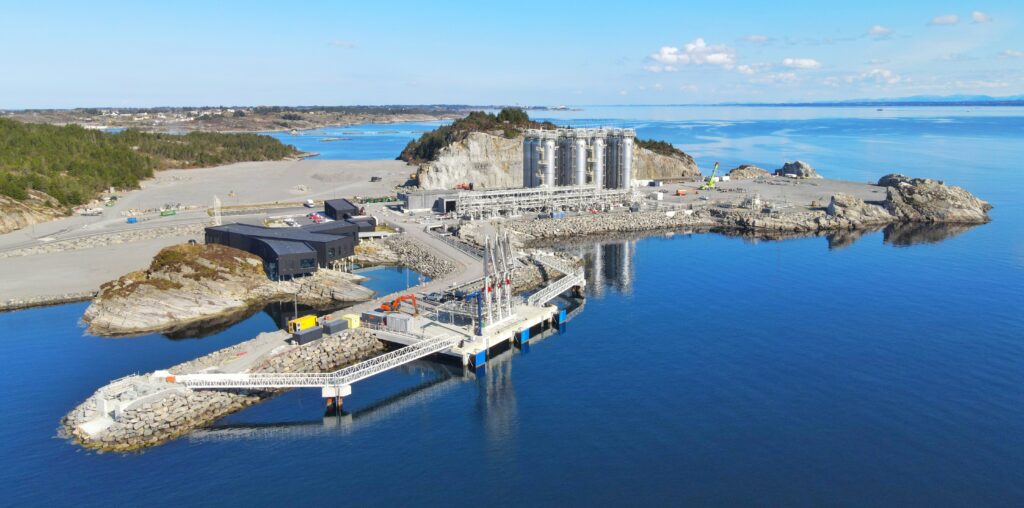

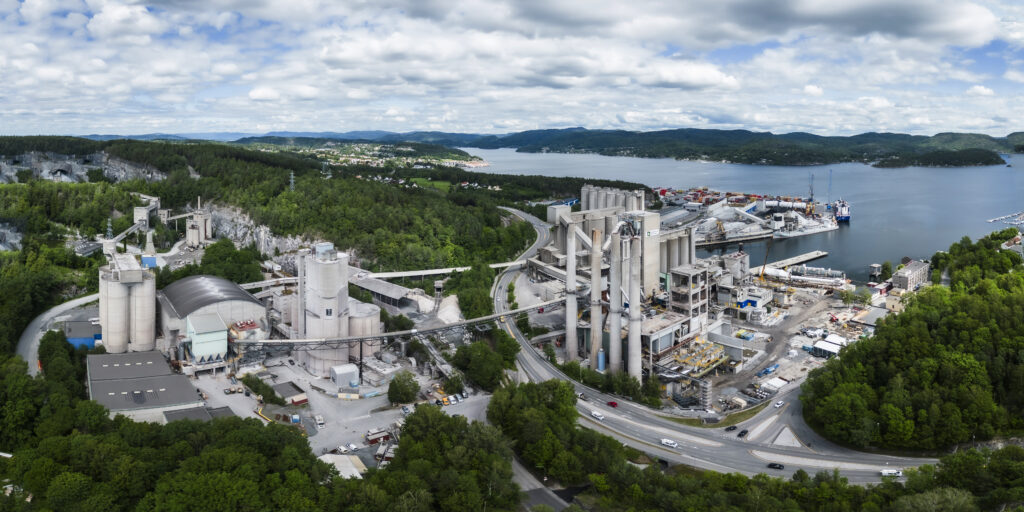
Industrial Scale
Longship demonstrates that carbon capture and storage (CCS) is achievable on an industrial scale. Heidelberg Materials’ capture plant in Brevik illustrates how CO2 capture can be integrated into industrial processes, while maintaining production. As part of Longship, Northern Lights has developed flexible infrastructure for transport and storage with excess capacity. This can be scaled commercially to meet future demands.
Building Trust
– The technical execution of Longship is crucial for building trust in CCS. By demonstrating the entire value chain, Longship provides industries and governments worldwide with a specific example of how CO2 management can be realized, says Gassnova’s Aslak Viumdal. He is senior advisor and responsible for benefit realization in Longship.
“Later this year, Longship will become operational, offering experiences that are highly relevant for further development of the sector.”
Aslak Viumdal, GassnovaAn International Reference Point
Longship has become an international reference point for CCS. Specific projects in Europe are partly based on ideas and experiences from Longship. Plans for CO2 management outside Europe, such as in Southeast Asia and Australia, also look to Longship for insights. Examples include cross-border CO2 management chains involving ships. This highlights Longship’s multiplier effect, accelerating development of CCS globally. The demonstration effect is critical in reducing risk and uncertainty for new projects, building trust among investors as well.
Regulatory Development
Longship has played an important role in shaping policy frameworks for CO2 management.
The project participants have provided data and insights to inform new European regulations. Through recently signed bilateral agreements with several European countries, Norway, based on the work with Longship, has laid foundation for a future European CCS market.
Longship; Facilitating Economic Development
Longship is not merely a significant technological step for carbon capture and storage (CCS), it also establishes a foundation for forward-thinking economic development.
Longship has opened the door to entirely new value chains in CO2 management, by investing in open infrastructure with overcapacity and flexibility for future growth. Furthermore, demonstrating industrial CO2 management provides valuable insights into technologies and solutions in a market expected to grow substantially.

Economic Development
Longship has triggered a range of industrial activities in Øygarden outside Bergen, where Northern Lights has established an interim CO2 storage facility. This facility serves as a platform for the continued development of carbon management technologies, including Direct Air Capture (DACCS). DACCS captures CO2 directly from the atmosphere, offering the potential for negative emissions. Longship has already inspired studies and pilot projects related to this technology, which may be crucial in achieving net-zero emissions in the future. However, these technologies are in the early stages of development, and it remains uncertain how quickly they can be scaled up.
Longship has been an important step in advancing economic development related to blue hydrogen. Blue hydrogen is produced from natural gas while capturing and storing the CO2 emissions. Combining hydrogen production with CCS creates export opportunities and strengthens Norway’s position as a global supplier of low-carbon solutions. The hydrogen market remains immature, and its future role is still uncertain.
Job Creation and Skill Development
Longship has generated significant economic activity, especially during the construction phase, and has contributed to job creation in Norway. Additionally, the project has increased demand for specialized expertise in CO2 management, giving Norwegian technology environments and supplier industries a competitive advantage.
“Throughout the value chain, Longship has contributed to skill development and provided suppliers with an internationally recognized reference project. From the technical design and construction of capture facilities to the operation of storage infrastructure, Longship has mobilized resources and expertise that will be valuable for future CCS projects.”
Aslak Viumdal of Gassnova, Senior Advisor and responsible for benefit realization in Longship.Longship as an Export Commodity
Longship demonstrates how CCS can become an export commodity for Norway. By offering storage capacity to European countries without suitable geological formations, Longship creates new market opportunities. Norway has already signed bilateral agreements with several European countries. Northern Lights has sold the overcapacity from its first development phase to projects in Denmark and the Netherlands. This reflects the growing demand for such storage services.
Innovation and Future Potential
Longship has also fostered innovation in business models for “low-emission products.” Cement produced at Heidelberg Materials‘ plant will be marketed under the name evoZero once the CO2 capture process begins in Brevik. Developing business models for low-emission products is considered vital for the commercial growth of CO2 management. Longship has also contributed to the commercial development of carbon capture and storage for biogenic CO2 (BECCS). This technology has the potential to remove CO2 from the atmosphere by combining biogenic CO2 with permanent storage. The future of CCS is closely tied to advancements in such technologies.
Challenges and The Road Ahead
Despite its successes, Longship has encountered challenges such as delays and cost overruns. To maximize the potential of CCS projects, business models must be strengthened, and additional incentives introduced to encourage investment in CO2 management. Longship represents a step forward in innovation, international technological collaboration, and economic development – crucial for achieving sustainable solutions and economic transformation in the years ahead.
Longship; Catalyst for Technology Development and Cost Reduction
Longship provides insights that drive technological advancements and cost reductions in carbon capture and storage (CCS).
The Longship project is a vital component of Norway’s and the EU’s efforts to achieve long-term climate goals. Below, we explore how Longship promotes technology development, fosters learning effects, and creates opportunities for cost reductions in subsequent projects.
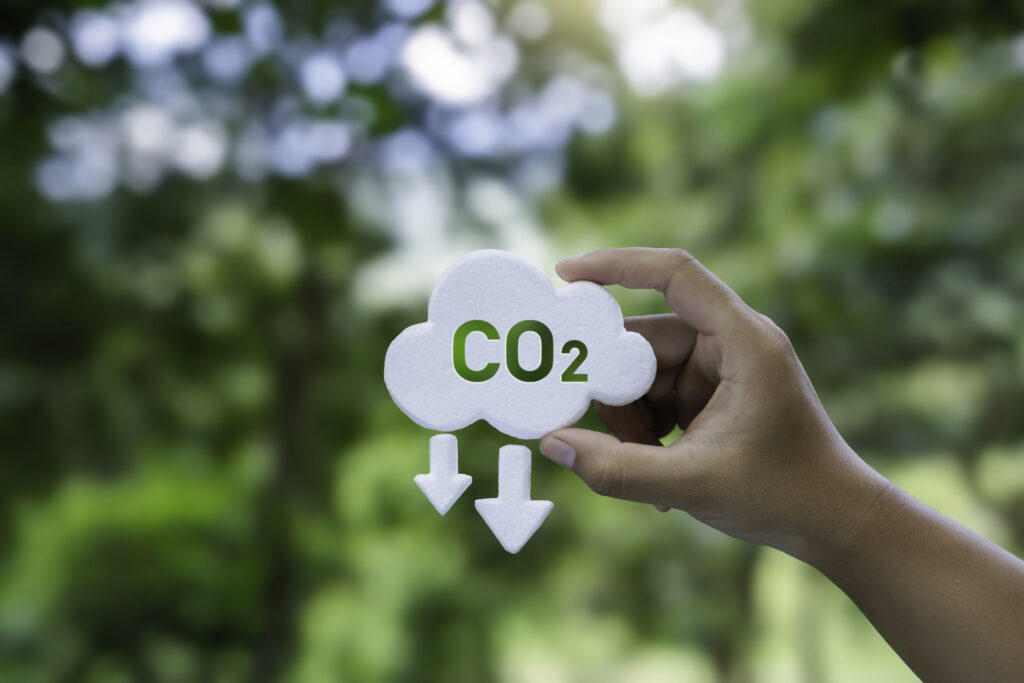
Demonstrating the Entire CCS Value Chain
Longship is a globally unique project that demonstrates a full-scale CCS value chain, from capture to transport and permanent storage of CO2. The project includes Heidelberg Materials’ capture facility in Brevik, Hafslund Celsio at Klemetsrud, and Northern Lights, which handles the transport and storage of CO2.
The Brevik CCS project is a milestone for the cement industry, a significant global emitter of greenhouse gases. This project demonstrates how carbon capture can be integrated into existing industrial processes, without reducing the production capacity of primary products (cement). However, the project has faced delays and cost overruns, highlighting the complexity of building a facility on a constrained industrial site, where the primary plant remains fully operational.
Northern Lights is responsible for transporting and storing CO2 under the seabed. Phase one of the project, with a storage capacity of 1.5 million tons of CO2 per year, is already fully booked. Plans for phase two include an expansion to five million tons, further solidifying the project’s role as an international benchmark for CCS.
Cost Reductions Through Learning Effects
One of Longship’s key outcomes is the reduction of CCS costs. Experiences from the construction and operational phases have identified opportunities for reducing both capital and operational expenditures. However, the findings also reveal that many costs are plant-specific, suggesting potential for further optimization.
At Brevik, operational experience has provided valuable insights into optimizing carbon capture processes, including energy efficiency improvements through heat integration. The CO2 capture process at Brevik CCS leverages residual heat from the facility, resulting in reduced operational costs, an essential factor in making CCS commercially viable.
Data from Longship’s transport and storage components demonstrate that economies of scale and efficient infrastructure, can significantly reduce the cost per ton of CO2 transported and stored. Northern Lights has also received EU funding for phase two, recognizing CCS as a critical component of Europe’s climate solutions.
Innovation and Technological Development
– Longship has played a pivotal role in driving innovation in CCS technology. We anticipate that operational experiences will lead to the development of improved solutions for carbon capture, compression, and transport. These technologies are not only relevant for Norway, but can also be exported and adapted for global markets, says Aslak Viumdal, Senior Advisor at Gassnova and responsible for benefit realization in Longship.
The project has paved the way for integrating CCS with other low-carbon technologies, such as hydrogen production, BioCCS, and direct air capture (DAC). Both BioCCS and DAC hold potential for achieving negative emissions, which are essential to meeting national and global emissions targets.
International Collaboration and Knowledge Sharing
Longship plays a critical role in building trust in CCS as a key technology for reducing emissions. By sharing project data and insights, Longship has established itself as a global knowledge resource. The project regularly publishes reports accessible to researchers, policymakers, and industry stakeholders.
Collaboration with European countries, including bilateral agreements on CO2 transport with Belgium, the Netherlands, and Denmark, has positioned Longship as a driving force for developing European CCS infrastructure. This collaboration strengthens Europe’s capacity to achieve its climate goals. However, cost overruns and delays at Hafslund Celsio and partly in Brevik CCS, underscore the scale and complexity of implementing CO2 management, offering valuable insights for a nascent market.
Future Significance
Longship has already demonstrated how technology development and cost reductions can accelerate CCS implementation. The project serves as a beacon for other global initiatives. Lessons learned from Longship have inspired several countries to launch their own CCS projects.
In addition to reducing costs and fostering innovation, Longship contributes to building a comprehensive CCS infrastructure essential for achieving climate goals in Norway, Europe, and globally.
With growing demand for storage capacity, the project has the potential to become a cornerstone in addressing global emissions.
Longship; Potential for Cost Reductions in the CCS Chain
Longship provides valuable insights into cost drivers and opportunities for cost reductions in carbon capture and storage (CCS) chains. In this article, we share findings from the project.
Gassnova’s expertise has accumulated detailed and unique knowledge about Longship over several years – from the early phases, through FEED (Front-End Engineering and Design), to the construction phase and follow-up with Heidelberg Materials and Northern Lights.
In November 2024, the government proposed continuing Hafslund Celsio’s capture project at Klemetsrud in Oslo, with increased state support of NOK 4.4 billion (2024 currency). This came after the project had entered a cost-reduction phase and was put on hold.

Cost Reductions
Uncovering cost drivers and identifying opportunities for cost reductions in the Longship value chain, is crucial. Based on this premise, Gassnova’s experts have conducted analyses that can help establish correct priorities and directions for further research, development, and innovation in the CCS industry. The goal is to achieve more cost-effective CCS solutions.
Longship is an extensive CCS project covering the entire value chain from capture to permanent storage. The first phase will capture 400,000 tons of CO2 annually from Heidelberg Materials’ cement production facility in Brevik. The liquid CO2 is then transported by ship to Northern Lights’ interim storage facility in Øygarden, before being permanently stored in the North Sea, 2,500 meters below the seabed.
The project has faced economic challenges, including a 20% increase in capital expenditures (CAPEX) during the construction phase. Some contributing factors include significant global price increases, such as for essential raw materials like steel, during the COVID-19 pandemic and the war in Ukraine.
- Cost Drivers: There is substantial potential for cost reductions in several areas, particularly in improving technological maturity, regulatory readiness, and CCS-adapted industrial practices. In Longship’s CCS value chain, the largest costs are associated with capture, compression & intermediate storage, and the development of the CO2 hub.
- Abatement Costs: These have risen by 15% since KS-2. KS-2 was the “final check” before the investment decision and the start of the project implementation. Abatement costs compare the net present value of investment and operating expenses, with the amount of CO2 captured and stored over 25 years of operation. At KS-2, the abatement cost for Brevik CCS was calculated at NOK 842 per ton of CO2 (2020 currency). Updated estimates for investment and operating expenses have increased this to NOK 965 per ton of CO2 (2020 currency). Adjusted to today’s currency value (2024), this equals approximately NOK 1,150 per ton of CO2.
Cost Drivers
In some areas, land-based industrial practices were used, often involving local contractors experienced in land-based projects. This limits the potential for further cost reductions. In other parts of the project, methodologies and standards from the offshore oil and gas industry were applied. These standards can be unnecessarily extensive for land-based industries, leading to solutions and material choices that are overly expensive. This highlights the need for a better approach to reduce costs without compromising safety and quality.
Regulations present another challenge. Current regulatory frameworks are immature from a CCS perspective, particularly regarding the storage segment. Longship’s experiences may contribute to the development of a more adapted regulatory regime, leading to cost reductions in future projects.
The use of standards and established industrial practices in Longship reveals significant variations throughout the CCS chain. Technological maturity is a critical factor, especially concerning integration with emission sources and the capture process. Several solutions are being tested at full scale for the first time, which introduces substantial uncertainty. The supplier market primarily consists of a few players with backgrounds in the oil and gas industry.
To reduce costs, it is necessary to strengthen the market with knowledge and experience from land-based industries.
Economic Viability
– Longship contributes to a deeper understanding of cost drivers in the CCS chain, and Gassnova identifies opportunities for significant cost reductions. We have pinpointed cost-intensive areas in the CCS chain and matched them with various cost drivers – where technological maturity, regulatory readiness, and CCS-adapted industrial practices stand out as areas with the greatest savings potential. With comprehensive analyses like this, Gassnova can help make CCS projects more economically viable. This is a prerequisite for achieving significant reductions in global carbon emissions, says Senior Advisor Ingrid Sørum Melaaen.
Ingrid leads the Gassnova project analysing cost-reduction measures in the CCS value chain, based on extensive data from the development of Longship. This work will continue in 2025.
